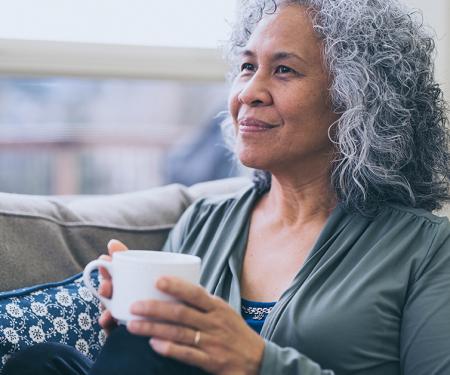Occupational therapy for cancer patients is designed to help you achieve your maximum level of independent living, both physically and psychologically. Cancer treatment can affect your ability to maintain your daily routines, including hygiene, careers and recreational or leisure activities. Occupational therapists work with you to overcome difficulty with fatigue, physical movement, strength and home living skills. Treatment may include exercise, massage, managing stress, Activities of Daily Living (ADL) training, perceptual training and neurological development. ADLs may include bathing, dressing or using assistive devices. Neurological or cognitive strategies include how to maintain memory, organization, reading and socializing skills.
Your activity level is often dependent on treatment and the stage of disease. Your occupational therapist may help you adapt your abilities so that you can enjoy a maximum level of independence and quality of life.
Occupational therapy can assist with:
Self-care and home-care activities: helping with hygiene, bathing, dressing and managing your home
Fatigue management: learning strategies, such as energy conservation and relaxation management techniques, to manage the fatigue caused by cancer and its treatment; thus allowing you to do more of life’s important daily tasks
Cognitive and visual rehabilitation: teaching you how to manage mild to severe problems in verbal and visual processing caused by cancer treatments
Equipment: fitting for wheelchairs, bathroom equipment, and devices to assist with dressing
Orthotics: acquiring splints to promote healing, positioning, rest or pain relief to arms and legs
Physical performance: improving your dexterity, coordination, strength and range of motion in arms and upper body
Social and emotional performance: improving coping strategies for managing the stress and anxiety that often accompany cancer treatments in performing daily roles such as parent, spouse, worker, student or volunteer
